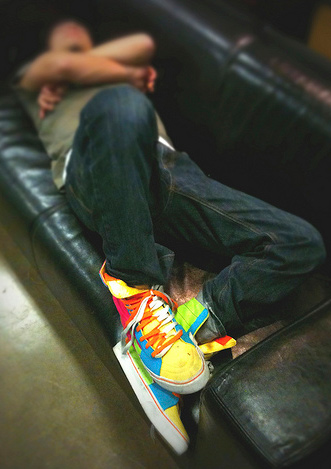Jeffrey Jones, a senior designer for Samsung Design America’s mobile unit, spends his days designing smartphones like the Galaxy Mini and the Corby II, but on Saturdays he teaches Introduction to Product Design at Saturday High, Art Center College of Design’s program for high school students (grades 9 through 12).
Jones—who studied at Art Center at Night and went on to earn a B.S. in Product Design at the College in 2007—was first turned on to the field of Product Design at Pasadena City College, where he took a class taught by Art Center instructor and alumnus Stan Kong PROD ‘83. While at Art Center, Jones interned at Vans, where he designed skateboarding equipment for the Vans Equipment Group, under the leadership of Art Center alumnus, Safir Bellali TRANS ‘01.
Before being hired by Samsung, Jones freelanced for Boombang, a creative think tank led by another Art Center alumnus, Tylor Garland PROD ‘94, where he worked on the design of two video game accessories—a fishing rod for The Strike and a rifle for The Hunt—for outdoor retailer Bass Pro Shops.
We recently caught up with Jones to learn more about his Saturday High class.
Dotted Line: Tell me about Introduction to Product Design.
Jeffrey Jones: Last term was the first time I taught the class, so I’m still fine-tuning it, but essentially it’s a 10-week course that I’ve broken up into three phases: the research phase, where students figure out what kind of product to design and for whom they’re designing; the ideation phase, where students develop their ideas, push the envelope, and select their very best concepts; and the refinement phase, where they further develop their best idea and present to the class exactly what their product is and how it works. I invited Joonsuh “Justin” Kim, the director of Samsung Design America to attend the final, and he sat in as a guest crit.

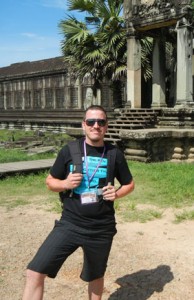
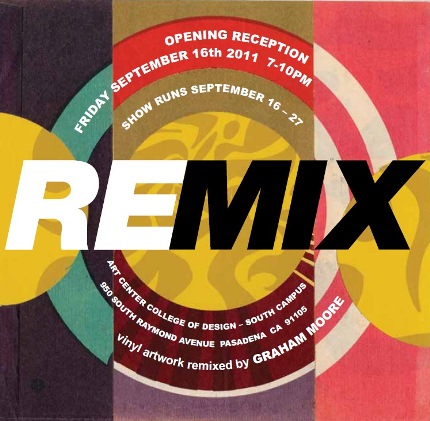 A remix in literature, for example, is an alternative version of a text. William Burroughs used the cut-up technique to remix language in the ’60s.
A remix in literature, for example, is an alternative version of a text. William Burroughs used the cut-up technique to remix language in the ’60s.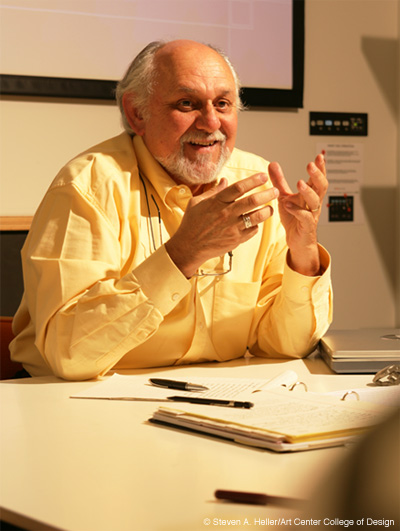
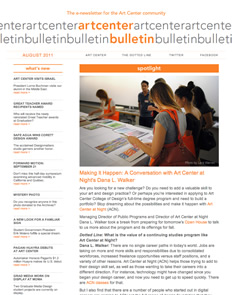
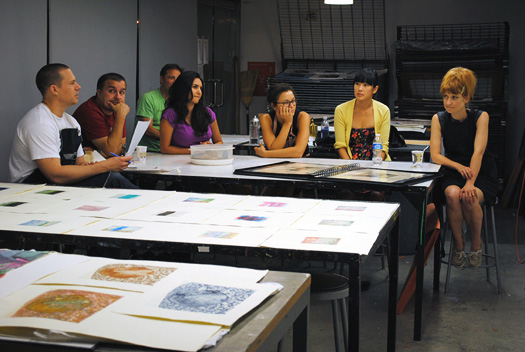
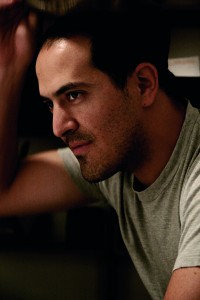
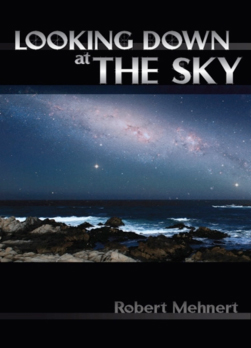 Jinn is based on the Middle/Far East myth of the Jinn, a race of beings that occupied the earth long before mankind evolved. The problem is that some of them want the world back for themselves. The story follows Shawn, the one man who can save humankind, on his quest to save mankind from a terrible fate.
Jinn is based on the Middle/Far East myth of the Jinn, a race of beings that occupied the earth long before mankind evolved. The problem is that some of them want the world back for themselves. The story follows Shawn, the one man who can save humankind, on his quest to save mankind from a terrible fate.

